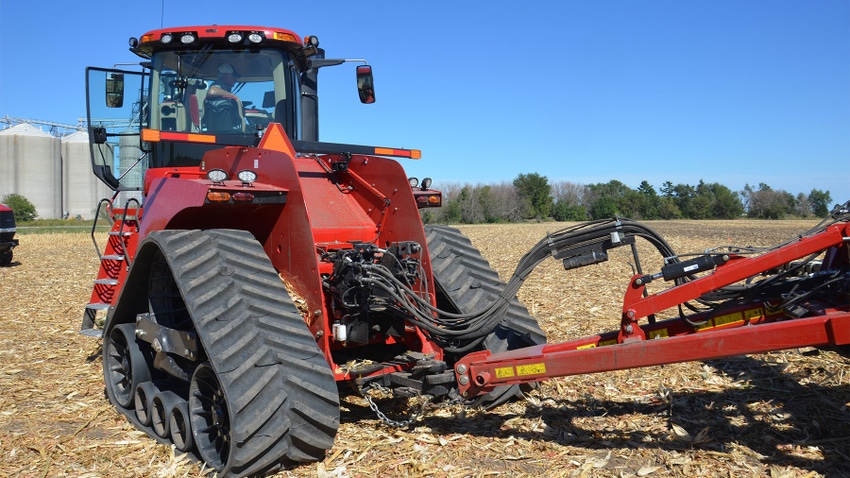July 20, 2023

Crop farms should evaluate efficient use of machinery as part of their long-term strategy regarding adoption of new technology. Two commonly used benchmarks are machinery investment per acre and machinery cost per acre. Here’s how to compute these two benchmarks:
Machinery investment per acre. This is computed by dividing total crop machinery investment by crop acres or harvested acres. In other words, add up investment in tractors, combines and other machinery owned by the farm operation and divide by crop acres.
In regions where double-cropping is a consistent part of the farm cropping plan year in and year out, using harvested acres gives a more accurate depiction of machinery investment.
Here is an example: Suppose you have $2.2 million invested in machinery and farm 3,800 acres, with 600 acres of double-crop soybeans as your target each year. Harvested acres would be 4,400. So, your crop machinery investment would be $2.2 million divided by 4,400, which equals $500 per acre. Is that reasonable?
Using various sources of farm management data, a commonly used crop machinery investment per acre benchmark is a value below $700 per acre. So, yes, $500 per acre in this example would likely be reasonable. Your next step should be to see where your farm operation stacks up on labor cost.
Machinery investment per acre typically declines with farm size. Also, if a farm faces serious labor or timeliness constraints, their machinery investment per acre may be relatively high. Having said that, given the potential trade-off between labor cost and machinery cost, a farm with a relatively high crop machinery investment per acre should have a relatively low labor cost per acre.
Machinery cost per acre. This is computed by summing depreciation, interest, property taxes, insurance, building expense, leasing, repairs, fuel and lubricants, and custom hire and rental expenses. Then divide the resulting figure by crop acres or harvested acres.
Interest should include both cash interest paid and an opportunity charge on machinery and equipment that is owned. Again, in regions where double-cropping dominates, using harvested acres is preferable.
Here is an example. Your numbers may vary greatly. Be sure to do your own computations and use your actual numbers to calculate your machinery cost per acre.
Suppose you add up all the direct expenses specified and handle interest as indicated. Your total expense number for machinery for the year is $657,000. It’s the same farm with 3,800 acres and 600 acres of double-crop soybeans, for 4,400 harvested acres.
So, machinery cost per acre is $657,000 divided by 4,400 acres, which equals $149.30 per acre. Is that reasonable? Yes. Using various sources of farm management data, a commonly used crop machinery cost per acre is a value below $150 per acre.
In summary, farms should compute and compare their crop machinery investment and cost to the values noted in this article. If their values are relatively high, farms need to try to evaluate why this is the case, and compute and compare benchmarks for other cost items such as labor.
About the Author(s)
You May Also Like






